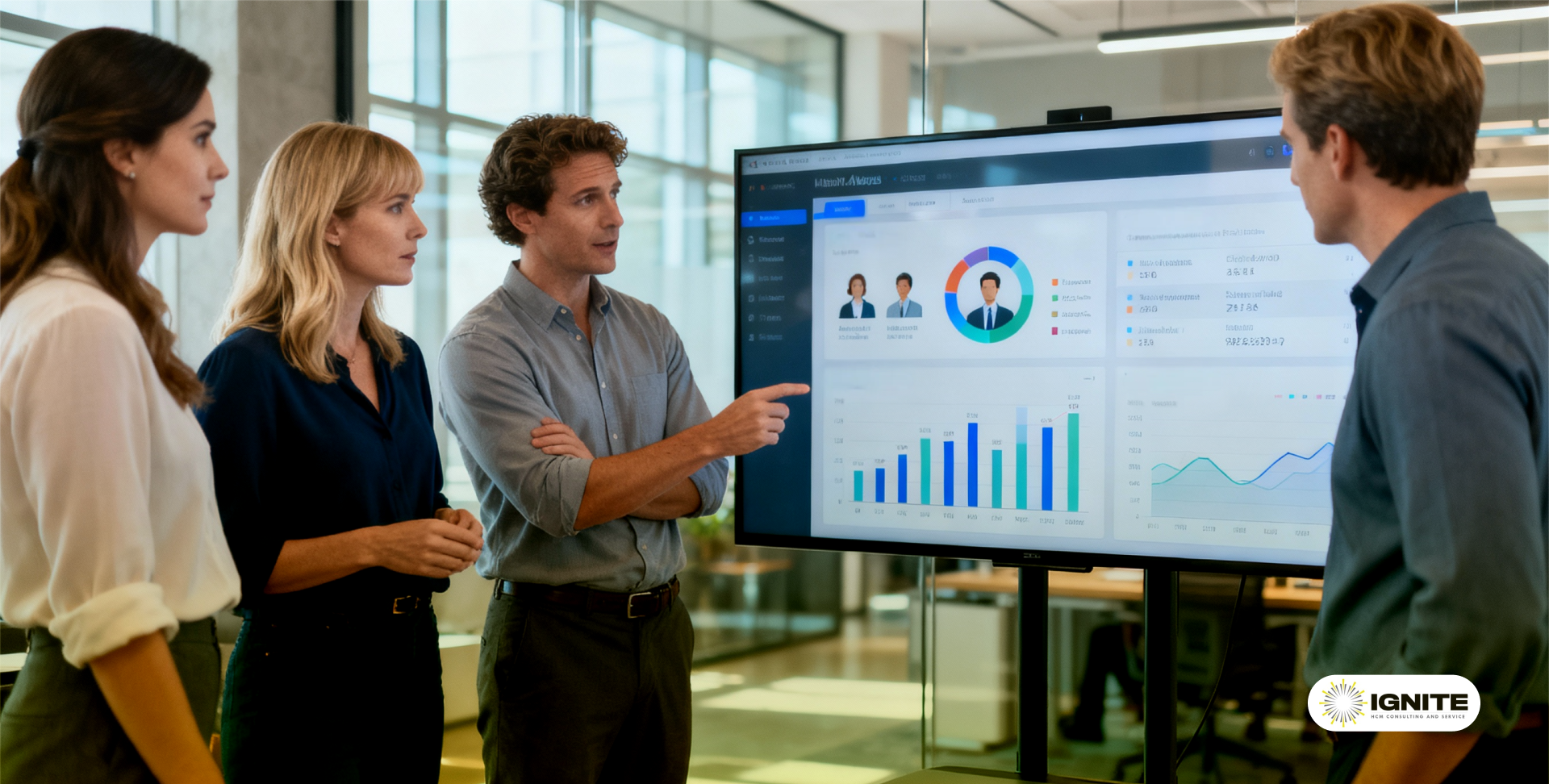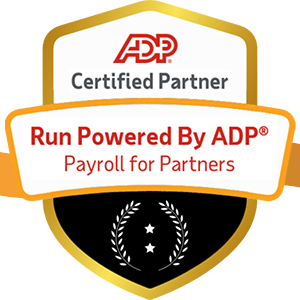
In today's increasingly competitive job market, offering a compelling benefits package is more important than ever for attracting and retaining top talent. Gone are the days of one-size-fits-all employee benefits. The most effective benefits programs are now highly personalized, driven by data to maximize engagement and value for each individual employee.
Just as consumers now expect personalized product recommendations and tailored shopping experiences, employees are seeking benefits that are customized to their unique needs and preferences. Consider these eye-opening statistics:
In short, personalized benefits drive engagement. When employees feel their company understands them and is invested in supporting their individual health, financial wellbeing, and personal and professional development, they are much more likely to be engaged, productive, and committed to their employer for the long run.

To deliver personalized benefits that resonate, you need a deep understanding of your workforce. This is where employee data comes in. By analyzing demographic, psychographic, and behavioral data about your employees, you can gain valuable insights into their needs, preferences, interests and motivations. Some key data points to consider:
Equipped with these robust employee insights, you can begin tailoring benefits in a highly personalized way. The key is to leverage data intelligence to present the most relevant benefits to each employee, guiding them to the programs and resources that will be most impactful for their individual situation.
One effective approach is to segment your employee population into groups based on common attributes, needs and preferences. For example, you might segment employees by life stage:
Within each segment, you can then build out personalized "benefits bundles" that speak to the group's key priorities. A benefits bundle for recent grads might spotlight student loan repayment assistance, low-cost health plans, and professional development programs. For working parents, you could feature enhanced parental leave, flexible work arrangements, and subsidized childcare.
The more granular and targeted you get with your segmentation, the more personalized you can get with your benefits offerings and messaging. Microsegments might zoom in on:
The potential for hyperpersonalization is immense. AI and machine learning can be used to match individual employees to the specific benefits that align with their unique profile.

Of course, even the most personalized benefits program will fall flat if employees aren't aware of what's available to them or how to take advantage of it. A data-driven, omnichannel engagement strategy is critical for driving benefits utilization.
Targeted email campaigns, timed to key decision points and life events, are a highly effective tactic. For example:
Interactive decision support tools, powered by employee data, can provide highly personalized guidance to help employees navigate their benefits options and make informed choices. Imagine a tool that serves up specific plan recommendations based on an employee's risk tolerance, medical spending, and anticipated health needs.
Bite-sized videos, featuring employee testimonials and benefits success stories, can highlight the real-world value of key benefits for employees in different life stages/situations. Mobile apps with personalized benefits feeds and push notifications can keep employees engaged year-round.
The most sophisticated organizations are even using augmented reality and virtual reality to immerse employees in their benefits. Think VR tours of available health clinics and retirement planning simulations that vividly illustrate future lifestyle scenarios.
As with any strategic initiative, it's important to continually measure the impact of your personalized benefits approach. Some key metrics to track:
Analyzing this data will help you refine your strategies, identify opportunities for improvement, and demonstrate the ROI of your efforts.
As employee needs continue to evolve, your personalized benefits strategy must evolve as well. The COVID-19 pandemic, for example, has shone a spotlight on the importance of mental health and caregiving support.
Looking ahead, some emerging benefits trends to watch include:
The organizations that thrive in the future will be those that stay attuned to their employees' evolving needs and leverage data in ever-more sophisticated ways to personalize the employee experience.
In a world where one-third of employees say they would leave their company for better benefits, personalization is a powerful strategy for boosting engagement and loyalty. By leveraging data to understand and cater to the unique needs of your workforce, you can create benefits experiences that truly resonate on an individual level.
The result? Employees who feel understood, supported, and invested in their company for the long haul. And that's a win-win for everyone.
Ready to personalize your benefits program? Discover how data-driven insights can help you create benefits that truly resonate with each employee.


